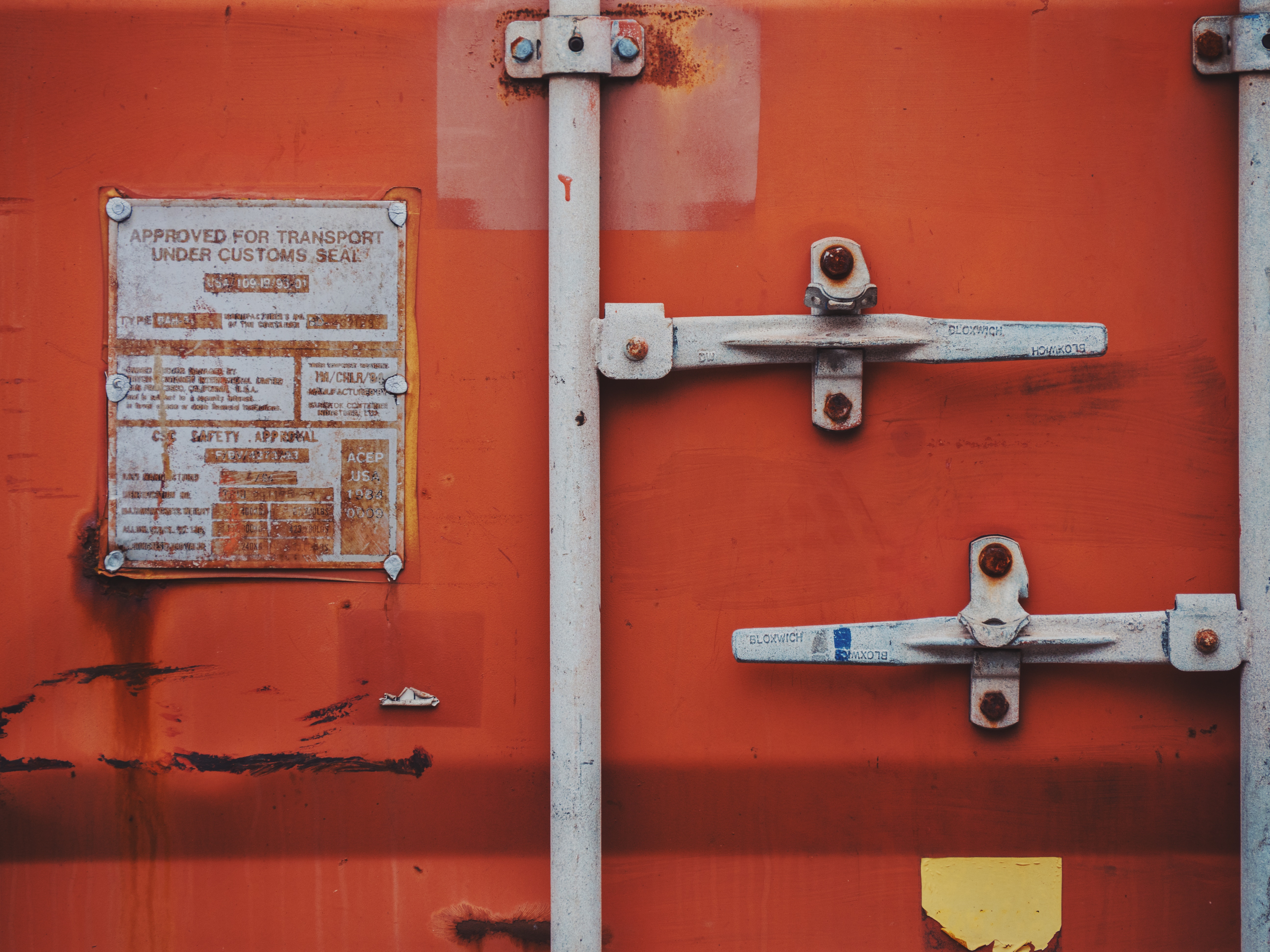Most consumers usually think about motorcycles with built-on boxes on their rear seats when they hear the word logistics. Or maybe not. Some think of trucks traversing the many kilometres of bad roads that connect [insert African country’s] cities. Others think of wrapped packets on DHL-branded airplanes zooming through the sky from Milan to Johannesburg. Whichever group you fall into, or don’t fall into, none of these assumptions are particularly wrong.
In fact, it is this confusion about what the consumer logistics business really looks like that inspired this article. In covering the transport and logistics beat, I discovered it’s a much more complicated space than we typically assume.
According to Wikipedia, consumer-facing logistics “is the management of the flow of things between the point of origin and the point of consumption in order to meet requirements of customers or corporations.” In simpler terms, it is the control of how things get from point A to B in service of people or businesses. This answer on Quora defines it as “the flow of goods or services that involve between point A to B in terms of transport and storage.”
While that definition may seem simple enough, the reality of the logistics industry is much less so. There are so many things involved in moving goods or services from point A to B: The kind of good(s), what transportation mode (air, land, sea), vehicle type (motorcycles vs ships), address systems, regulation, payments and so on. All of these things combine – to different degrees – to define the different kinds of organisations we now call logistics businesses.
Myth Vs Reality
At the base level, all logistics businesses can be grouped as “asset-based” or “non-asset based”. For example, Kobo360 is not an asset-based logistics business (it doesn’t own the trucks on its platform a la Uber) but Kenya’s Sendy is an asset-based logistics business (it owns the motorcycles it uses in making deliveries). All logistics startups in the African tech ecosystem (or anywhere else, for that matter) fall into one of these groups. Same goes for legacy logistics businesses.
Beyond that you can choose to group businesses based on the kind of goods/services they move, the type of vehicles they use, or even the mode of transportation they employ. The problem with this is that it’s not properly representative. If they move only small items, they could do so using any number of vehicle types through any mode of transport. The better way to go about it would be to group businesses based on the type of logistic service they offer. I’ve grouped the types of logistics businesses into four categories:
- Couriers (aka “delivery guys”): This is the kind of logistics business most people are familiar with. It’s the type of logistics business with the lowest barrier to entry – it’s the most common type of logistics business in Africa. Businesses in this segment typically utilise motorcycles or small vehicles in their operations and move mostly small items. Some courier-type startups include Sendy (Kenya), MAX (Nigeria), and Rush (South Africa). They typically offer intra-city services.
- Small Ticket Interstate: These companies usually move small to medium-sized items inter-city. In countries like Nigeria where poor infrastructure drastically increases the barrier to entry, this segment is dominated by legacy transport companies and transactions typically happen offline. The vehicles of choice are almost always passenger buses or light-duty trucks. God Is Good Logistics (Nigeria) and Hubbon, an Abuja-based logistics marketplace, are examples of businesses that offer this kind of service.
- Big Ticket Interstate: Also called “Haulage” in logistic jargon, this service primarily focuses on moving medium to large items/goods between cities. Heavy duty trucks and long haul vehicles are usually the vehicles of choice in this segment. Some African startups in this space include Kobo360 (Nigeria), Cliqhaul (Ghana) and Lori Systems (Kenya).
- Freight: This segment usually involves one of, or a combination of, small to medium and large goods/items. These goods move from point to point on trains, airplanes or ships. This type of logistic service is often inter-country as well as intercontinental and often requires both heavy investment and an extensive network. Some companies that offer this service include legacy companies like DHL, eCommerce platforms like AliExpress and Amazon, and startups like Optimalogistic (Tunisia) and Broswest Logistics (Uganda).
- The Rest: Businesses in this category do not necessarily fit into any one of the groups above. These include marketplace businesses like Hubbon (Nigeria) which aggregates logistics services and Envyl (formerly Shypmate; Nigeria/US) which uses people as couriers of small ticket goods but across international borders instead of locally. SA-based company Fastvan even offers a white label enterprise solution where they build your logistics business for you.
Keep in mind that, while I have tried to make each segment as distinctive as possible, there is a lot of overlap as far as the overall supply chain is concerned. Simply put, each segment often relies on another segment to function.
The Numbers
90% – the global share of investment in US and Asian logistics startups.
$2.2 billion – export value of U.S.-NAFTA air freight flows in May 2018
$65.87 billion – the amount of revenue UPS generated in North America in 2017.
0 – the number of African countries in the top 15 countries list on the Logistics Performance Index 2018, a measure of on-the-ground trade logistics performance.
25.6% – how much the African logistics industry grew between 2017 and 2018.
3.67 – South Africa’s rating on the Logistics Performance Index (LPI), the highest in Africa.
$5000 – Port/Airport supply chain cost in the DRC, the highest in Africa.
29.9% – the percentage of Nigerian logistics firms that identify transportation as a major business constraint.
$3 billion – the estimated size of the South African logistics industry, Africa’s most developed.
Where does Tech fit in all this mess?
For one, tech has been able to help African logistic businesses offer better, more efficient services by cutting out a lot of the offline functions that extended the time of service delivery. With the increased adoption of smartphones, investment opportunities and localised business models, African businesses have been able to leverage technology in optimizing their processes and improving their bottomline.
New technologies like Blockchain are also starting to gain traction within the global logistics industry and on-demand services are more popular than ever now. New consumer behaviours being unearthed, data analytics and process optimisation – all benefits of technology in the logistics industry. Case in point: earlier this year, a consortium of organizations including AB InBev, Accenture, Kuehne & Nagel, tested a blockchain solution in the ocean shipping industry and they were able to reduce the amount of printed paperwork by 80%. There are over 700 documents involved in getting a package from one country to another.
While today’s logistics industry still relies on a lot of offline elements to exist, technology is like the glue that holds it all together. As the industry grows in Africa, and globally, technological advancements will help break down the barriers the sector currently faces.
Consumer logistics is a very complicated industry with lots of fragmentation and overlap. There are so many moving parts that intertwine, it could easily fly over one’s head. But it’s a very interesting space as well and in Africa, its growing at an incredible rate despite incredible challenges. Perhaps with a better understanding of how it all works, the ecosystem can better innovate better to overcome obstacles from infrastructure to consumer sentiment.




















